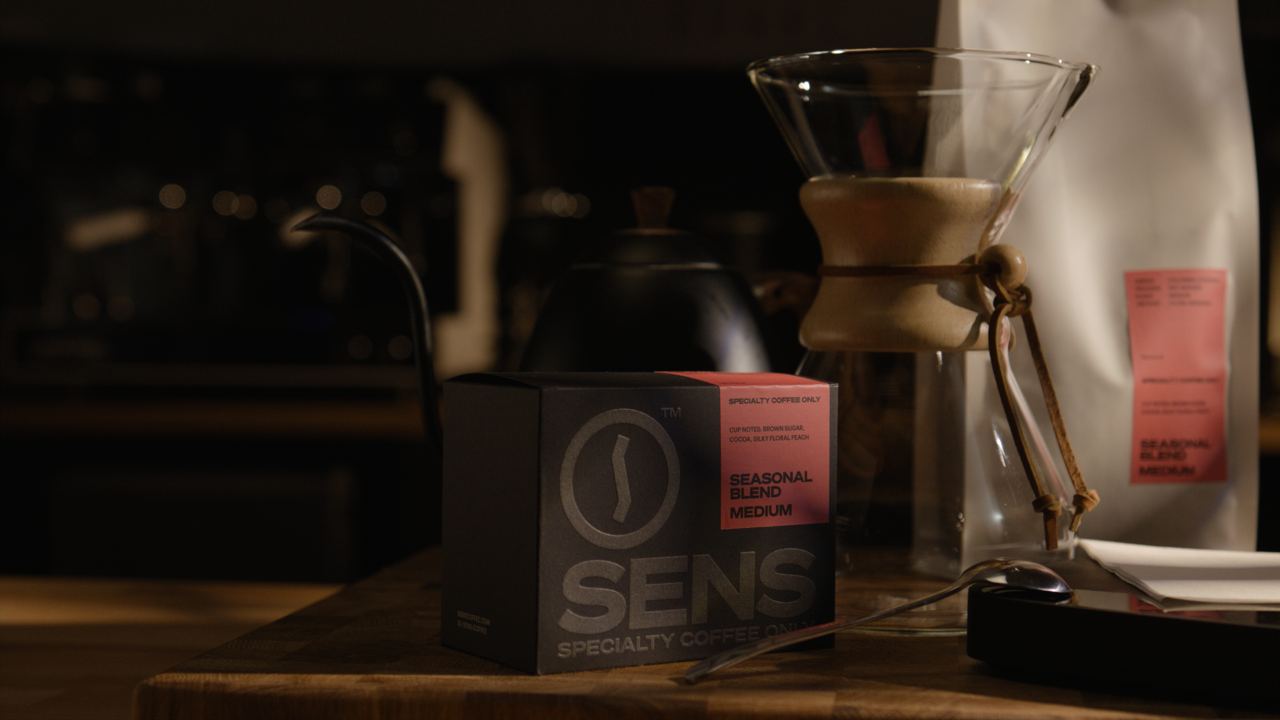Arabica coffee futures experienced a notable decline recently, with March contracts (KCH25) dropping by 9.10 cents, or 2.07%. This downturn is primarily attributed to long liquidation pressures following a month-long rally that had previously driven prices to record highs.
Despite the recent sell-off, concerns over global coffee supplies continue to support the market. Brazil's green coffee exports in January decreased by 1.6% year-over-year, totaling 3.98 million bags. Additionally, Brazil's National Supply Company (Conab) has projected a 4.4% reduction in the country's 2025/26 coffee crop, estimating production at a three-year low of 51.81 million bags. The 2024 forecast has also been adjusted downward by 1.1% to 54.2 million bags.
Adverse weather conditions have significantly impacted these projections. Minas Gerais, Brazil's largest arabica-producing region, received only 53.9 mm of rainfall last week, approximately 85% of the historical average. This prolonged dry spell, influenced by last year's El Niño, has raised concerns about long-term damage to coffee crops in South and Central America. Notably, Brazil is experiencing its driest conditions since 1981, as reported by the natural disaster monitoring center Cemaden. Colombia, the second-largest arabica producer, is also gradually recovering from drought conditions induced by El Niño.
Inventory levels further reflect the tightening supply. ICE-monitored robusta coffee inventories reached a four-month high of 4,603 lots on January 31 but have since declined to a six-week low of 4,332 lots. Similarly, arabica coffee inventories peaked at a two-and-a-half-year high of 993,562 bags on January 6, subsequently falling to a three-and-a-half-month low of 841,795 bags.
In Vietnam, drought conditions have led to a 20% decrease in coffee production for the 2023/24 crop year, resulting in the smallest harvest in four years at 1.472 million metric tons. The USDA's Foreign Agricultural Service anticipates a slight decline in Vietnam's robusta coffee production for the 2024/25 marketing year, projecting output at 27.9 million bags, down from 28 million bags in the previous season.
Conversely, global export data presents a mixed outlook. Brazil's 2024 coffee exports increased by 28.8% year-over-year, reaching a record 50.5 million bags. Vietnam's January coffee exports also saw a month-over-month rise of 6.3%, totaling 134,000 metric tons. However, the International Coffee Organization reported a 12.4% year-over-year decrease in global coffee exports for December, with a total of 10.73 million bags, and a 0.8% decline for the October-December period, amounting to 32.25 million bags.
The ICO also noted that global coffee production for the 2023/24 season increased by 5.8% year-over-year to a record 178 million bags, while consumption rose by 2.2% to 177 million bags, resulting in a surplus of 1 million bags. The USDA's biannual report from December projected a 4.0% year-over-year increase in world coffee production for 2024/25, totaling 174.855 million bags, with ending stocks expected to decline by 6.6% to a 25-year low of 20.867 million bags.
In summary, while recent long liquidation activities have led to a decrease in arabica coffee prices, ongoing concerns about global supply constraints, influenced by adverse weather conditions and fluctuating export figures, continue to play a significant role in the coffee market dynamics.






